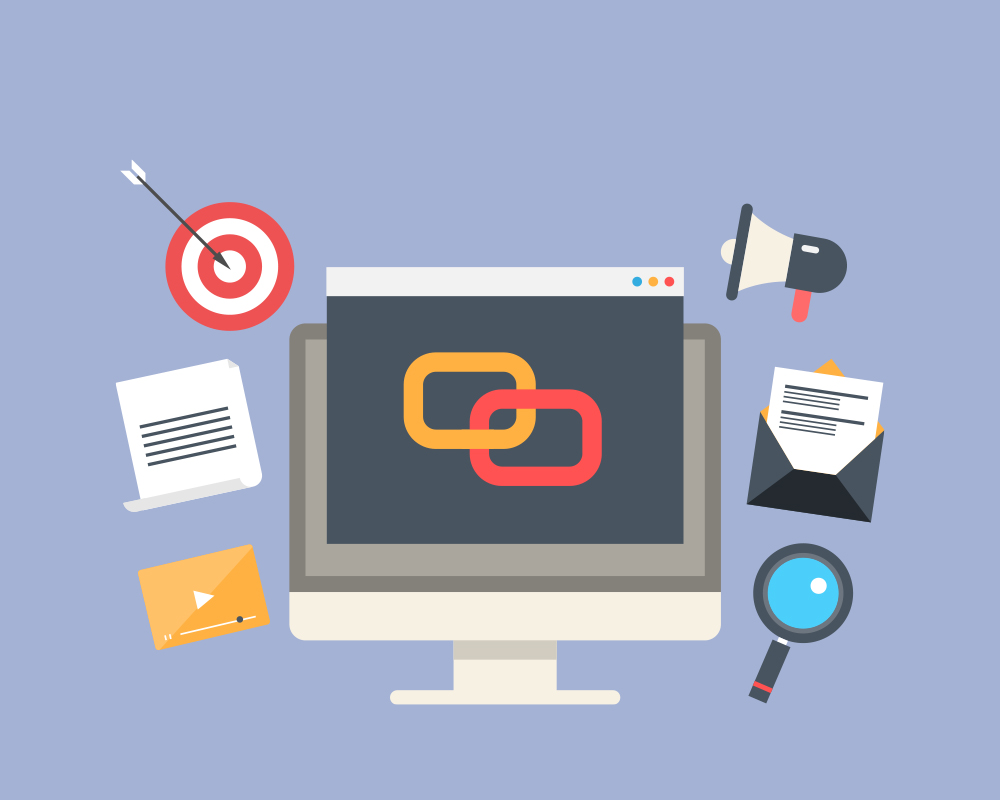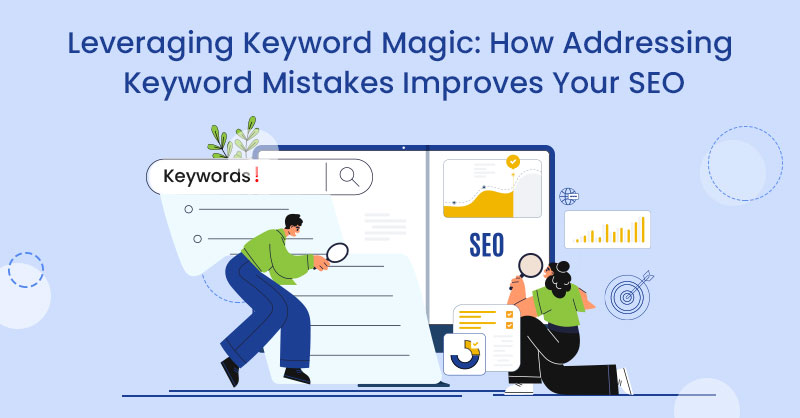How to Interlink
Interlinking, or internal linking, is the process of linking within a website. To be more specific, internal links are those which connect one page of a domain to a different page on the same domain. It is one of the most valuable components of your SEO strategy. There are different types of internal links, such as navigation links, sidebar links, footer links, related post links, and contextual links. The most powerful link among these is the contextual link. It's the perfect choice when you want to add value to your product pages.
How Internal Linking Benefits SEO
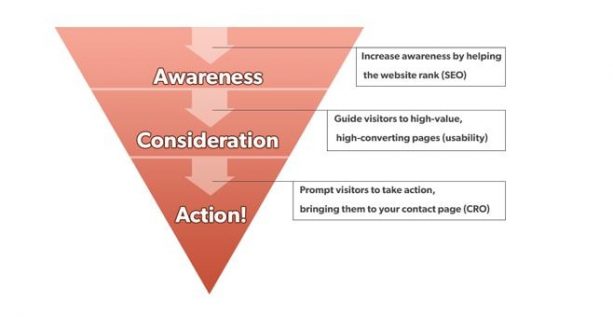 1. Aids in website navigation
1. Aids in website navigation
When a user visits your blog, they might be inclined to visit service or product pages, for example. In such cases, interlinking would help the user to find a way through the site's maze. It also helps Google to regularly crawl fresh content. This will help to improve your ranking.
2. Distributes page authority throughout the website
Internal linking will boost page ranking and distribute authority throughout your site. Interlinking won't increase authority of the overall website, but it will distribute authority from one page to another.
3. Reduce bounce rate
A high bounce rate can negatively impact your ranking. Interlinking can increase time on site, thereby reducing bounce rate.
4. Increase the page views
Interlinking can help to increase average page visits for a variety of different blog posts. Linking to related posts within an article ensures that the user doesn’t exit your website after reading a single article.
5. Aids in high-value conversion
There are two types of pages: the pages which attract visitors and the pages which drive conversions. One should be clever enough to link high traffic pages to pages with a high conversion rate.
6. Eliminate dead ends
The ultimate goal of any SEO strategy is to prompt visitors to take the desired action -- whether it's a purchase or filling out a contact form. It's important to assist the user on this journey to conversion. Interlinking is key to encouraging users to take action.
7. Communicates to google that a particular page is important
Google has a tendency to crawl a site which has internal links. For example, internal links in articles help Google to index pages efficiently. Crawling happens at a faster rate. This passes the credibility of one page to the other, ultimately improving ranking.
8. Plays a vital role in ranking a keyword
Internal linking plays an important role in keyword ranking. It helps Google to understand the meaning of the particular word and its importance.
What Happens When You Don’t Interlink?
The article or information you provide may be relevant and you may get traffic to your site -- but the bounce rate would likely be high. Here's why:
A visitor who comes to your site may read the content and exit the site if he/she is not guided to take additional actions on your site. When interlinking is done properly, there's a chance that the user will read your older linked articles and other service pages. The chances of conversion are smaller when you don’t interlink.
Interlinking is the best way to increase the backlink earning potential of older content pages and, when you don’t do it, you're missing out on a chance to drive conversions. There could be a drop in the first page rankings of a site when you don’t implement interlinking.
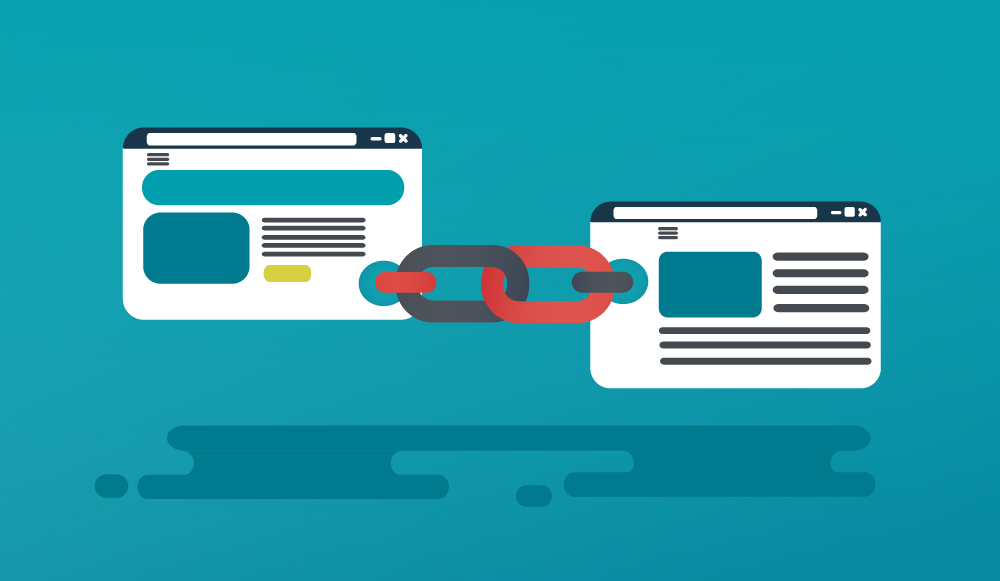
Handy Tips for Interlinking
- Hyperlink a keyword in your content to a relevant page on your website
- Write fresh, updated blogs related to your older blog posts and leave a link in the old one to the new post.
- Make interlinking posts a regular task
Interlinking Do's
- Use proper anchor text while interlinking. For example, if "root canal treatment" is the anchor text used in the content, the link should be pointing to the page which talks about root canal treatment.
- Deep linking is also one of the best interlinking practices. These are linked deep within the structure of the site. Try to link to high converting pages of your website.
- Use natural links that are appealing to the reader. Only user friendly links will improve leads. Be clever in such a way that interlinks provide more information about the particular keyword or phrase.
- Make sure that only relevant links are used for interlinking.
- Be descriptive -- let the visitors know the benefits of visiting a page.
- Add links where it is logical and value-added. It is not recommended to link for the sake of interlinking. The best practice is to link to content which is relevant to the source context.
- Try to use do-follow links to build internal links.
Interlinking Don’ts
- It is not recommended to create massive blocks of sitewide footer links. This was one of the common SEO practices a few years ago. Travel and real estate websites were using footer links for their promotions. They started building keyword rich internal links near the footer. However, Google warned many sites with an algorithmic penalty for such practices.
- Interlinking is a good practice but don't overdo it. Fewer links means more link juice will be passed through each link. Use tools like Link Juice Calculator to find out how much link juice flows through any given link from any page. The recommended total number of links should be around 75-100. This number includes footers, navigation bars, headers, and ads, for example.
- Do not use generic terms like "click here." This literally adds no SEO value. The anchor text which you are using should talk about the page in which you are directing the user.
- Too many homepage backlinks are bad. It's better to strengthen internal pages which in turn boosts the overall SEO of the site. It is not recommended to link to the contact page unless it's absolutely necessary.
- Never try to use exact match keywords for interlinking. It may look unnatural and weird.
- Never try to link more than one sentence. It may not look very appealing to users. Try to use few words or phrase while using anchor text for interlinking.
Tools for Interlinking
1. Moz’s open site explorer
Use Moz’s Open Site Explorer to identify the SEO value of a piece of content in terms of page authority. Simply enter the domain of your site and click on the “Top Pages” report. Links from pages with higher authority will pass the most authority and ranking potential.
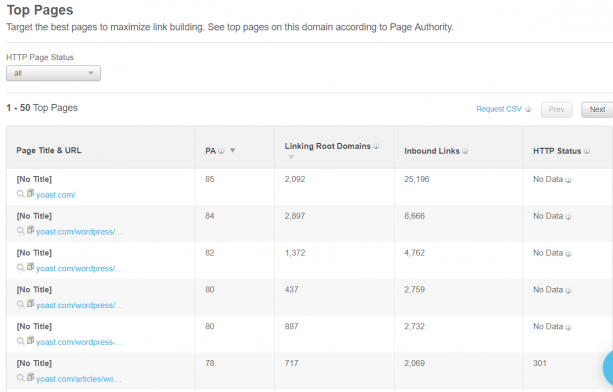 2. Google Search Console
2. Google Search Console
Use Google Search Console to find the most linked content on your site. Once you've logged into this tool, select "Search Traffic" then "Links to Your Site" and "Your Most Linked Content Report." This shows the pages that have the most external links and the most authority. There is an option to sort by the Source Domains. Most probably, the homepage is likely to be at the top. Scan down to interior pages to see the older blog posts. It is highly recommended that interlinking is done properly for these interior pages.
3. Google analytics
Google analytics helps to monitor the bounce rate of the page in order to determine whether interlinking is required for that page or not. Here is the screenshot of the data which can be obtained from analytics.
This is the data of a web page where interlinking is not done:

The bounce rate for this page is about 89.86%.
Here is the data of the page where interlinking is done properly:

The bounce rate here is 19.63% which very low when compared to the one in which interlinking is not done.
This data in Google Analytics tells us whether we need to incorporate interlinking for a particular page.
Conclusion:
Interlinking is a crucial aspect of your SEO strategy. It's also a common tactic used by all successful internet marketing companies. Internal links help boost page views which helps Google to identify whether the site is relevant and informative. Additionally, internal linking can revive older posts -- driving engagement, increasing time-on-site and reducing bounce rate.
